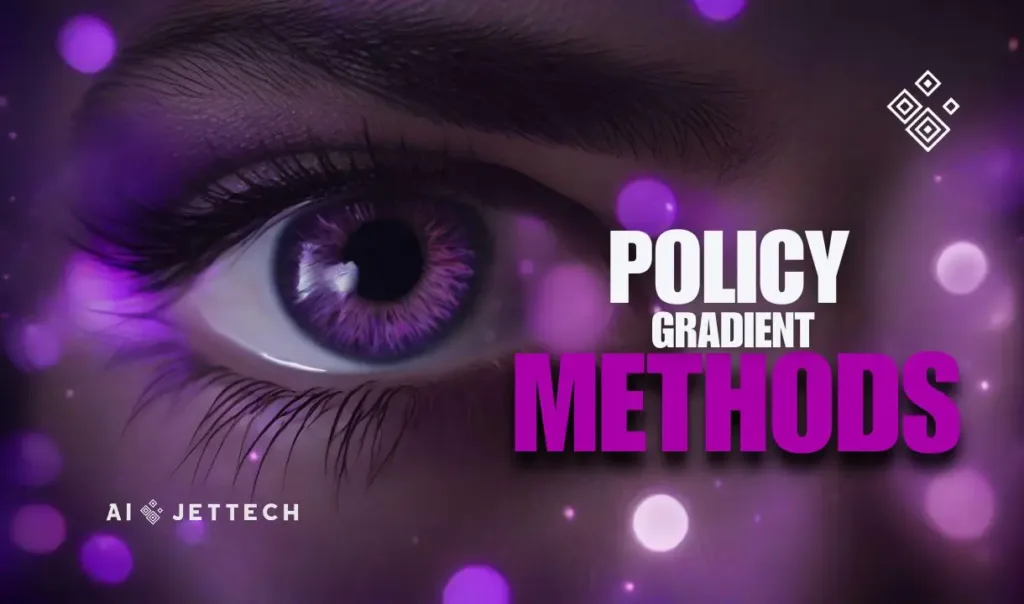Policy Gradient Methods Reinforcement Learning
Delving into the realm of reinforcement learning, policy gradient methods stand out as a strategy that directly tweaks the policy, mapping states to actions, to enhance performance. Unlike methods that estimate value functions, policy gradient methods adjust the policy parameters (θ) by ascending along the gradient of the expected reward. This approach can be likened to climbing a mountain, feeling the slope underfoot and taking steps upwards, always aiming for the peak where the reward is maximized.
Unveiling Policy Optimization
At the core of policy gradient methods lies policy optimization, aiming to find the optimal policy (π*) that maximizes the expected reward. The optimization process involves calculating the gradient of the expected reward with respect to the policy parameters and adjusting these parameters in a direction that increases the reward. Mathematically, this is represented as:
θt+1=θt+α∇θE[Rt∣πθ]
Where (θ) denotes the policy parameters, (α) is the learning rate, and (Rt) is the reward at time (t). This method’s elegance lies in its simplicity and directness. Through iterative updates of the policy parameters, the agent learns to perform actions more likely to yield higher rewards.
The Actor-Critic Duo
Introducing a dynamic duo in the policy gradient narrative, Actor-Critic methods employ two models working in tandem: the Actor and the Critic. The Actor determines actions to take in given states based on the current policy, while the Critic evaluates these actions by computing the value function, estimating future rewards. The Critic’s feedback guides the Actor’s policy updates, enhancing the learning process.
This symbiotic relationship enables more refined learning, where the Actor not only learns from trial and error but also benefits from the Critic’s evaluation of action quality. The Critic’s assessment aids in calculating more accurate gradients for updating the Actor’s policy, leading to more efficient learning.
To illustrate, envision a coach (Critic) guiding an athlete (Actor) by providing feedback on both performance outcomes and action quality. This feedback loop enhances the athlete’s ability to improve performance effectively.
Policy gradient methods offer a direct approach to learning by adjusting policy parameters to maximize expected rewards, with Actor-Critic methods enhancing this process through a synergistic evaluation and decision-making mechanism.
What are policy gradient methods in reinforcement learning?
Policy gradient methods offer a direct approach to learning by adjusting policy parameters to maximize expected rewards, with Actor-Critic methods enhancing this process through a synergistic evaluation and decision-making mechanism.
Policy gradient method example
Imagine you're hiking up a mountain without a map, but you have a compass that tells you the direction of the highest peak. Each step you take is guided by the compass, leading you closer to the top. In policy gradient methods, the 'compass' is the gradient of the expected reward, guiding the policy parameters (\theta) towards the peak of maximum reward.
Conclusion
In exploring policy gradient methods, we navigate a terrain where direct policy manipulation leads to learning. Policy optimization serves as a compass, guiding policy parameters towards the peak of maximum reward. Actor-Critic methods enrich this journey, making the ascent towards an optimal policy both efficient and informed. As we continue, reinforcement learning’s landscape unfolds, revealing strategies harnessing direct policy manipulation’s power to navigate decision-making and optimization complexities.
Try it yourself: To deepen understanding, implement a basic policy gradient algorithm using a simple environment like ‘CartPole’ from OpenAI’s Gym. Focus on writing code for the Actor model and observe how adjusting policy parameters affects model performance in the environment.
“If you have any questions or suggestions about this course, don’t hesitate to get in touch with us or drop a comment below. We’d love to hear from you! 🚀💡”






